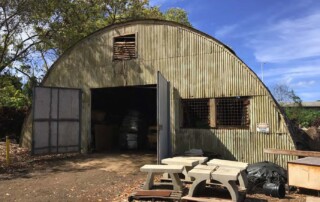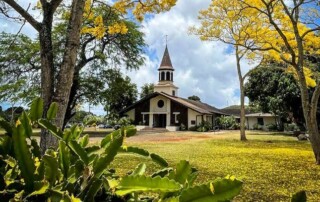A Natural Disaster Toolkit for Historic Property Owners
NATURAL DISASTERS AND HISTORIC PROPERTIES By Julia Rochhi, National Trust for Historic Preservation Homeowners face some of the most cutting impacts of natural disaster: physical displacement, loss of property, financial uncertainty, and stress. And as recent events have proved, you can never take too many precautions ahead of a natural disaster. But what if you own a historic property? Are there additional steps you should be taking? And what resources are available to you—the historic property owner—in the disaster's wake? Fortunately, there's a wealth of information out there to help historic property owners minimize the impact to their building as well as strengthen their building's resistance to extreme wind, rain, and other climatic forces. This toolkit compiles the essential steps you can take before and after the storm. 1. Create a disaster preparedness plan for your home or property ahead of time. Following a checklist in times of crisis can help focus your attention and keep you from missing important details. 2. Check your insurance coverage. Older and historic properties often use materials or building techniques you can't easily replicate today, which makes insurance companies far less likely to cover damage. A great option for insuring historic homes is National Trust Insurance Services (a National Trust subsidiary). NTIS can help value your property and ensure sufficient protection. 3. Print important information and documents ahead of time. Disasters often cause power outages and service disruptions, so in this wired age of computer and smartphone reliance, it's helpful to have critical info already at your fingertips. 4. Secure your property. Your two most important tasks immediately following a hurricane are to ensure the safety and security of people working on site, and to keep valuable or important [...]











